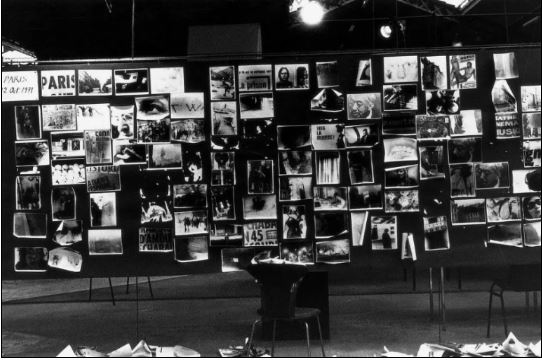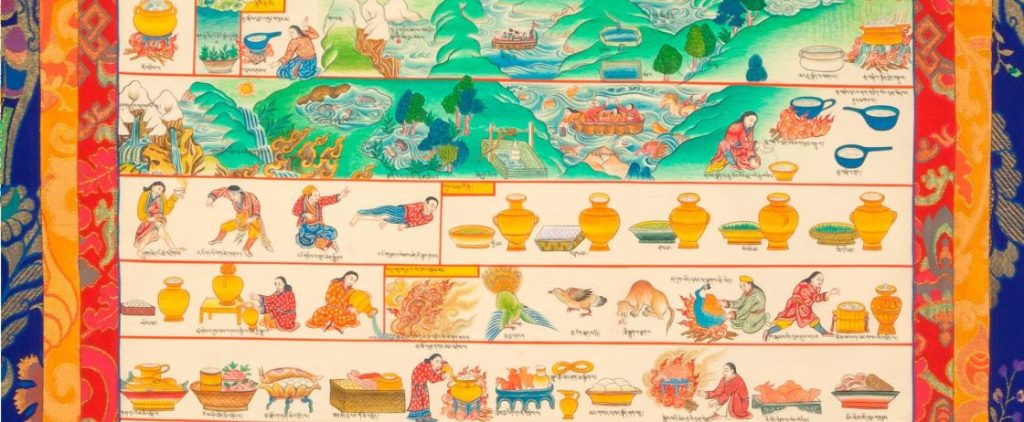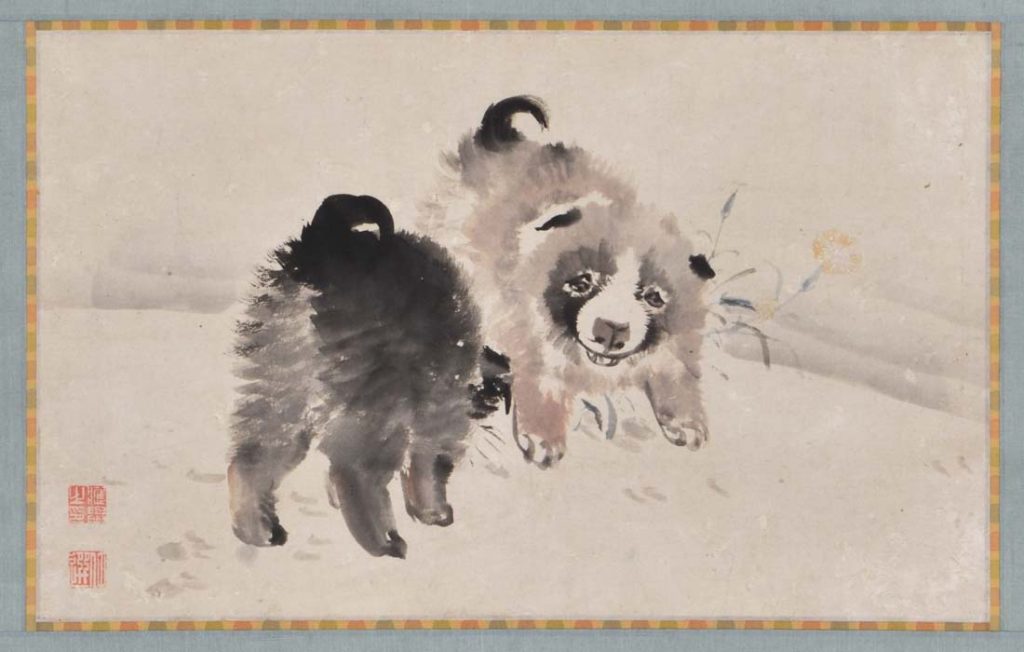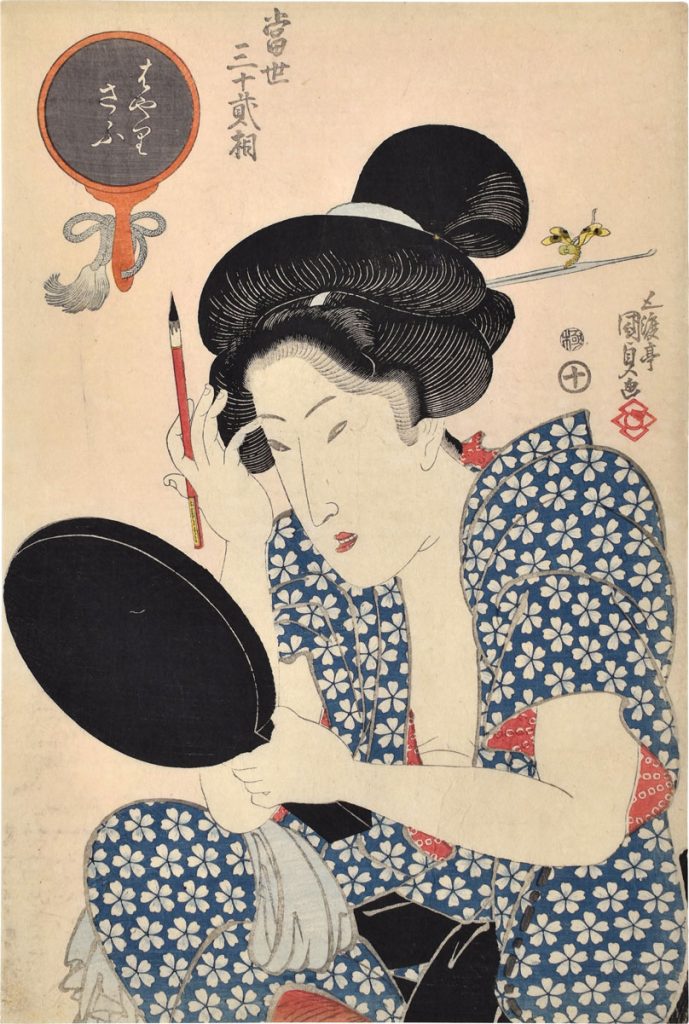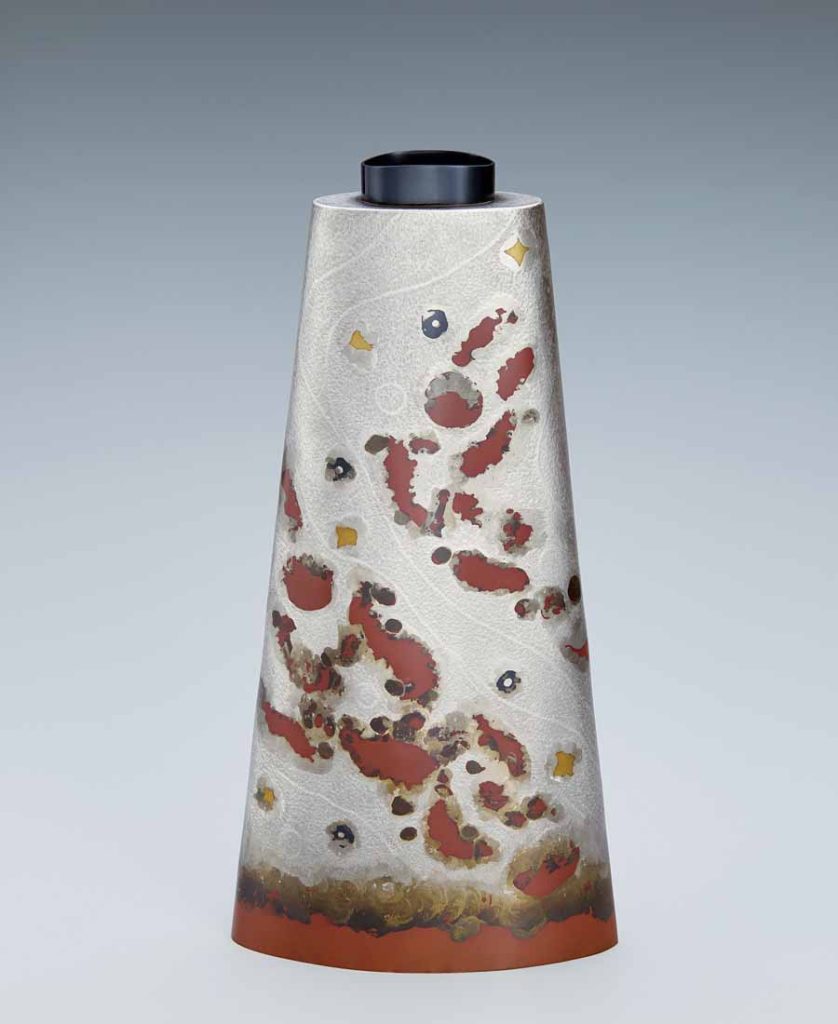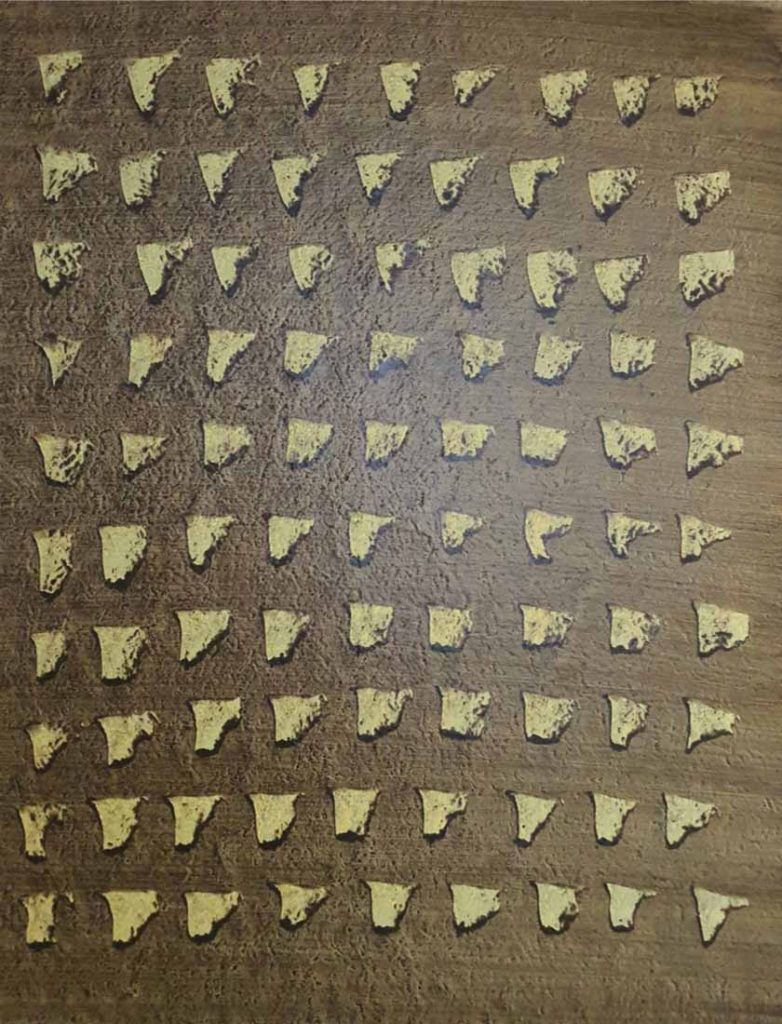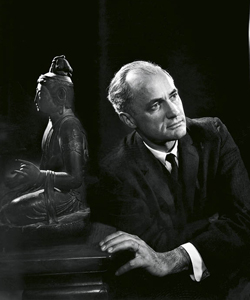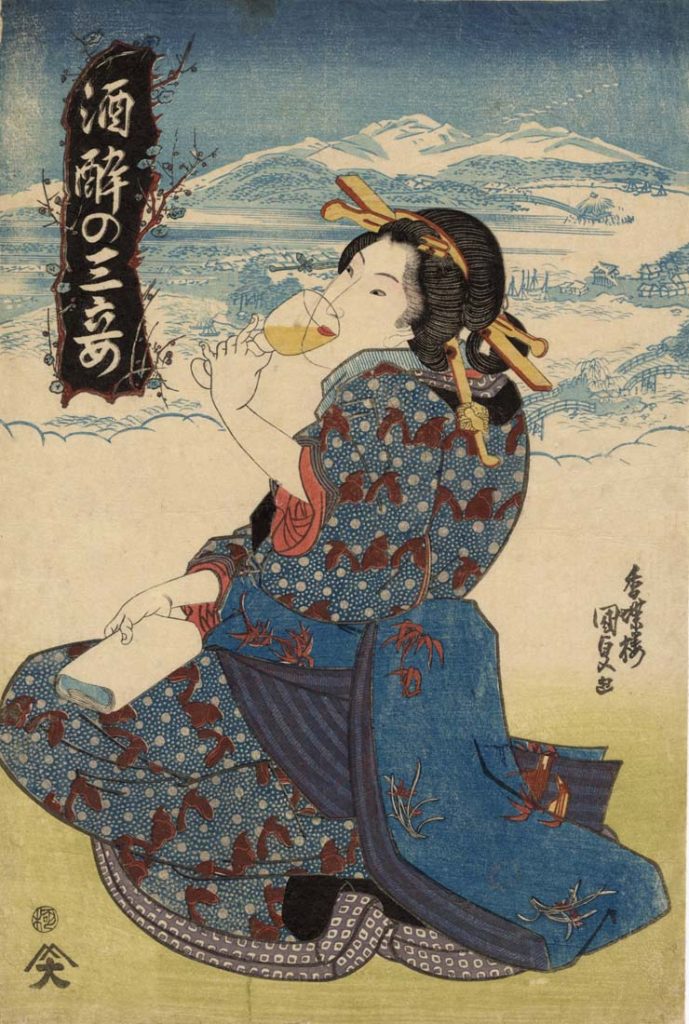
Center for Photographic Art Fundraising Auction: 8×10, at iGavel
Online auction, through September 29
The Center for Photographic Art (CPA) in Carmel, California, is a nonprofit 501(c)(3) organization and one of the oldest members’ photography galleries in the country. This year CPA ventures into the online auction realm for the third time with its annual 8 x 10 Fundraising Exhibition, presented on iGavel's platform. Previously an onsite raffle, the 8 x 10 show raises vital funds in support of the innovative and thought-provoking programming, exhibitions, lectures, and classes that the photographic community has enjoyed and relied on for over fifty years. This year the sale offers small works by more than 100 established and emerging photographers from California and beyond. This special show features contemporary works from rising stars in the photography world and local legends and international favorites as well. (All photographs are in 8×10 in. frames, and all bidding starts at $80…because 8×10=80!). Of particular interest to AWNY readers, many photographs feature Asian subject matter.
Read more, click here.

